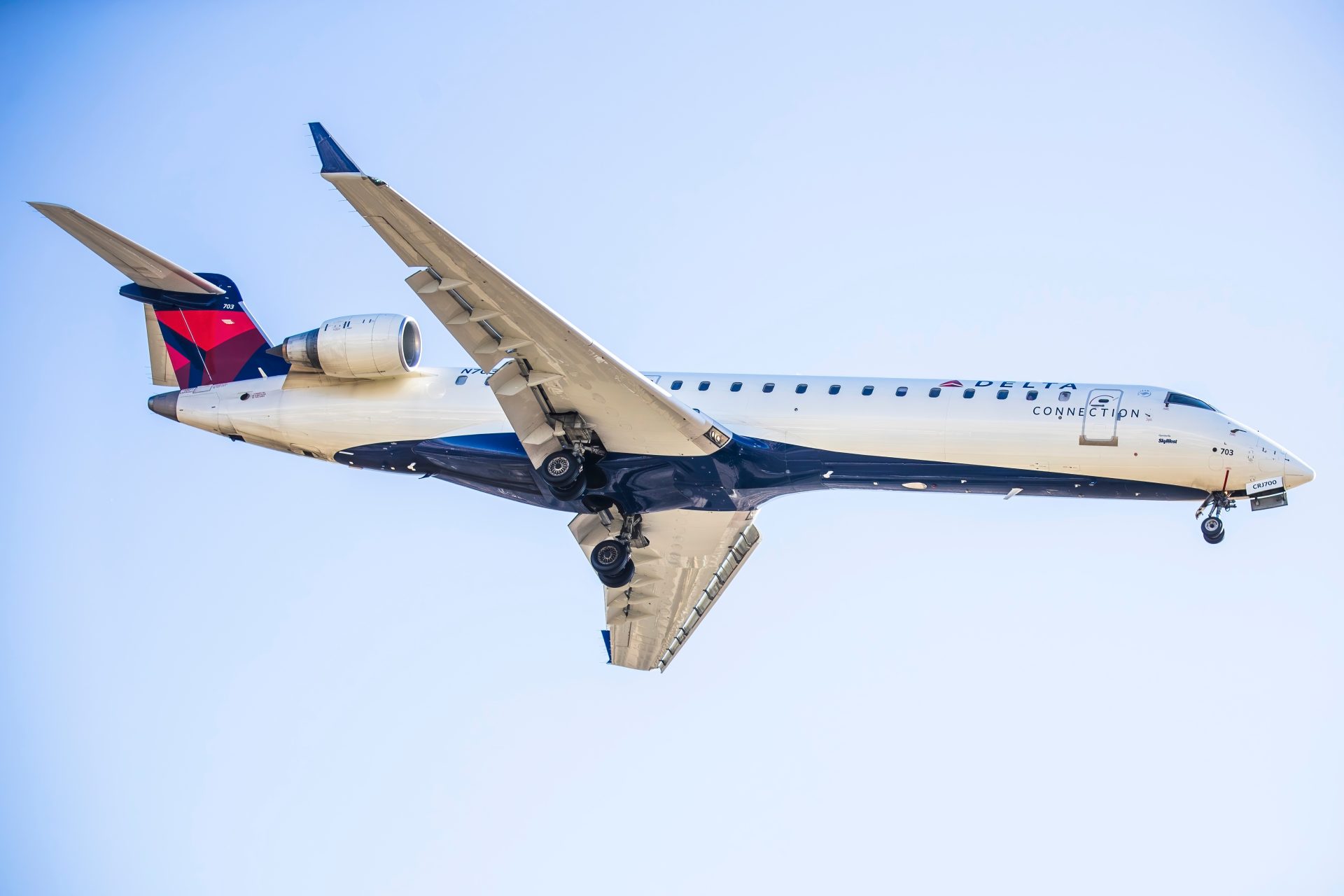
Delta Flight DODGES DEATH From B-52 Bomber!
A Delta regional jet’s near-collision with a B-52 bomber over North Dakota has ignited fierce debate over U.S. airspace safety, exposing glaring gaps in military-civilian coordination.
At a Glance
- SkyWest flight 3788 narrowly avoided a B-52 bomber on approach to Minot Airport.
- The July 18 incident forced an “aggressive maneuver” to evade impact.
- Investigations launched by SkyWest Airlines and the U.S. Air Force.
- Pilots cited lack of radar coverage at Minot International Airport.
- FAA under pressure to strengthen military-civilian airspace protocols.
The Harrowing Skies Over Minot
SkyWest flight 3788, operating as a Delta Connection, was making its final descent into Minot International when a massive B-52 bomber unexpectedly entered its flight path. The bomber was part of a ceremonial flyover for the North Dakota State Fair—but the sudden convergence sent the regional jet’s crew into emergency action.
The Embraer E175’s evasive climb prevented disaster, but passengers were left shaken. The pilot explained what happened, saying, “Sorry about the aggressive maneuver, it caught me by surprise. This is not normal at all.”
Watch a report: Delta Jet Nearly Collides with B-52 Bomber During Landing
Both the U.S. Air Force and SkyWest Airlines confirmed the incident, sparking internal probes. Initial reports reveal that while flight 3788 was cleared to approach, coordination breakdowns between civilian and military authorities led to the alarming encounter.
Systemic Failures and Aviation Risks
Critics quickly pointed to a critical flaw: Minot Airport lacks radar coverage, forcing pilots into visual-only navigation in shared airspace—a glaring vulnerability when military aircraft are nearby. Experts warn that without technological upgrades and stricter real-time communication between military and civilian controllers, more close calls are inevitable.
The FAA now faces mounting calls for reform. Aviation analysts advocate for immediate enhancements in surveillance technology and joint airspace management, especially in regions where military exercises and civilian flights overlap.
Policy Shakeups on the Horizon
This near-disaster is the latest in a series of U.S. airspace close calls, raising alarms about national aviation safety standards. SkyWest and the Air Force’s ongoing investigations could dictate future policy shifts, but the public—and shaken passengers—are demanding faster solutions.
If America’s crowded skies are to remain safe, the FAA, Pentagon, and airline industry must close the dangerous gaps between commercial flight paths and military maneuvers. Until then, every shared airspace remains a roll of the dice.


